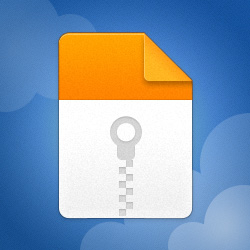We had negotiated the privilege of submitting our videos in 2 forms for this competition: pixel perfect and live recording showing them playing back on a real NES.
Here is the link to both versions for all 4 videos:
I uploaded them all to my personal web space so I wouldn't be using SNS company property to house copyright infringing material. (I don't think this actually matters, but it made me feel a little more comfortable.)
All 4 videos are either native 30FPS or chopped to 30FPS, and then played back at 30.05FPS due to the fact that the NES's video output rate is 60.1Hz. Similarly, all of the audio has been converted first to 44.1KHz 8-bit mono PCM and then further downgraded to 44.1KHz 7-bit mono PCM, played back at 44.2KHz. The Bad Apple and TNG clips are both full screen -- 256x240. The anime and FFXIII intro clips are both 256x184 in order to match the aspect ratio of the originals. I figured no one wanted to deal with anamorphic video for this.
-jekuthiel
Here is the link to both versions for all 4 videos:
I uploaded them all to my personal web space so I wouldn't be using SNS company property to house copyright infringing material. (I don't think this actually matters, but it made me feel a little more comfortable.)
All 4 videos are either native 30FPS or chopped to 30FPS, and then played back at 30.05FPS due to the fact that the NES's video output rate is 60.1Hz. Similarly, all of the audio has been converted first to 44.1KHz 8-bit mono PCM and then further downgraded to 44.1KHz 7-bit mono PCM, played back at 44.2KHz. The Bad Apple and TNG clips are both full screen -- 256x240. The anime and FFXIII intro clips are both 256x184 in order to match the aspect ratio of the originals. I figured no one wanted to deal with anamorphic video for this.
-jekuthiel
Last edited:


